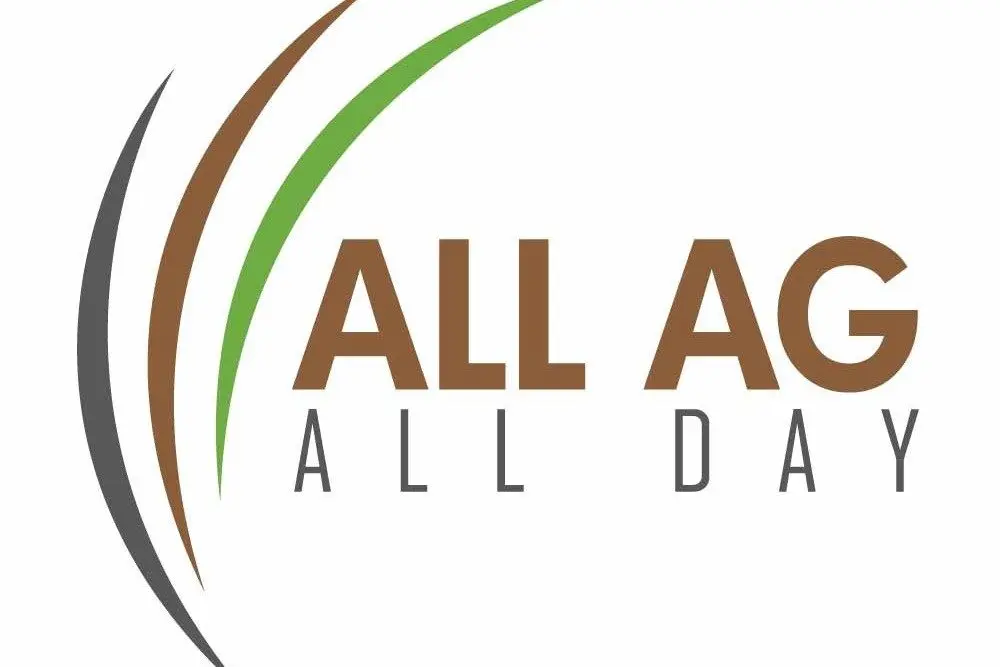
All Ag, All Day is the nation's only full-time farm radio station with studios in Floydada and Nashville, TN (www.AllAgNews.com)
Cotton Incorporated Reduces Budget, Refocuses Priorities in 2026
LUBBOCK, TX – Cotton Incorporated will operate with a reduced budget in 2026, cutting spending by 4 percent from $89 million to $85.1 million. CEO William Kimbrell outlined the plan during the Cotton Board’s “Cotton and Coffee” presentation, stressing that the decrease comes alongside significant strategic shifts in how the organization approaches research, marketing, and supply chain engagement.
More than half of the new budget — 55 percent — will go toward marketing, with a sharper focus on upstream supply chain partners including brands, retailers, and manufacturers. Kimbrell said the aim is to influence raw material decisions before products reach consumers. Consumer marketing will be reduced by 18 percent as Cotton Incorporated steps back from costly television campaigns, instead relying on digital outreach, social media, and influencer partnerships.
Research funding will rise modestly, with sustainability and textile research each seeing 8 percent increases. The organization will emphasize innovation, sustainability, and new market applications, including packaging and industrial uses for cotton. Kimbrell said the changes are designed to strengthen cotton’s competitive position against synthetic fibers, improve economic viability for U.S. producers, and expand cotton’s share in key markets such as Vietnam, Bangladesh, and Pakistan.
**********
USDA Projects Tight Cattle Supplies And Higher Prices
NASHVILLE, TN – USDA’s August Livestock, Dairy, and Poultry Outlook highlights a tightening U.S. cattle supply that will affect production through 2025 and into 2026. The mid-year Cattle Report showed fewer calves available for placement, along with steady but limited changes in beef cow and replacement heifer numbers. As a result, beef production forecasts are lowered for both years, while cattle prices are revised significantly higher on stronger beef demand and tighter inventories. Imports are also reduced due to limited Brazilian shipments, while exports are trimmed slightly on lower production.
For hogs, USDA cut 2025 pork production by 1 percent to 27.7 billion pounds, citing slower slaughter and lighter weights in the second half of the year. Producer hog prices are forecast at $77 per cwt in the third quarter, up 17 percent from a year earlier. Exports rebounded in June, totaling 552 million pounds, a 5 percent increase.
Beyond cattle and hogs, USDA raised milk production forecasts for 2025 and 2026 as larger herds and better yields lift output. Broiler production projections also rose on strong hatchery data, though price forecasts eased. Turkey production was adjusted lower, but prices are projected to rise into 2026. Egg output was revised down slightly on lower layer inventories, with prices tracking modestly lower.
**********
World Bank Projects Higher Fertilizer Prices Into 2026
NASHVILLE, TN – The World Bank reports fertilizer prices rose sharply in the second quarter of 2025, with its fertilizer index up 15 percent since January. Phosphates led the increase, with triple superphosphate up 43 percent and diammonium phosphate up 23 percent. Rising demand, trade restrictions, and supply shortfalls—particularly in urea—have tightened markets. Prices are projected to climb about 7 percent for the year before stabilizing in 2026, though they will remain well above pre-2019 averages.
The global outlook is being shaped by policy and trade shifts. China has cut nitrogen exports by more than 90 percent year-over-year, prioritizing domestic supply, while Belarus and Russia face EU tariffs and sanctions on fertilizer shipments. These measures are redirecting trade flows toward Brazil and India, while U.S. growers face higher costs.
Fertilizer affordability has declined as crop prices soften, making inputs more expensive relative to farm revenues. The World Bank expects urea prices to rise another 15 percent this year before easing in 2026, while DAP and potash will see smaller increases. Structural challenges remain, with fertilizer production under pressure to adopt lower-emission alternatives in the years ahead.
**********
Tariffs, Imports, And Shifting Dynamics In U.S. Lamb
COLLEGE STATION, TX -The U.S. lamb market is experiencing new trade pressures as tariffs and evolving supply factors reshape imports. According to Dr. David Anderson, Professor and Extension Economist at Texas A&M, lamb imports have long been controversial. In 2024, imports from Australia and New Zealand accounted for about 70 percent of U.S. supply, with Australia providing three-quarters of that total. Imports peaked in April 2025 to meet Easter demand, but fell in May and June after the introduction of a 10 percent tariff on Australian and New Zealand lamb.
While the tariff has played a role, Anderson notes that broader market forces may be equally influential. Rising Australian lamb prices, a stronger Australian dollar, and seasonal declines after Easter have all combined to reduce shipments. Domestically, U.S. lamb production is finding modest growth through non-traditional channels, including grazing on solar properties where returns come from land management rather than meat sales.
Looking ahead, questions remain about whether tariffs can provide lasting benefits to domestic producers or whether price adjustments and supply responses could offset any gains. The lamb sector will be closely watched as trade and market forces continue to interact.



